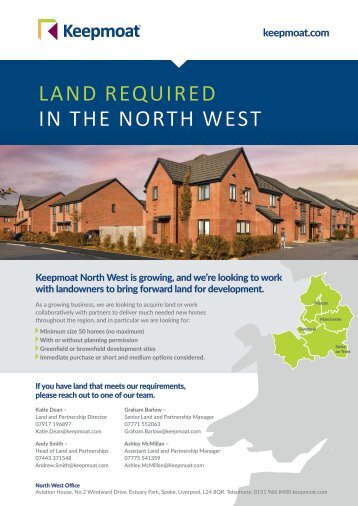Waterside_eBrochure_11.04.24
- Text
- Lounge
- Leicester
- Waterside
- Features
- Artists
- Vary
- Measurement
- Illustration
- Purposes
- Dimensions
03 The next chapter in
03 The next chapter in an impressive HISTORY 4TH CENTURY Plush Roman villas, with frescos and heang systems sit along the banks of the River Soar as well as a Roman road which ran through the development. The buildings were later built over by forficaons. At this me, Leicester was called Ratae Corieltauvorum or simply Ratae and was a town in the Roman province of Britannia. 15TH CENTURY Just beyond the north gate of the town and along the road that led past the abbey to Nongham and Derby lies Leicester’s medieval north suburb. This includes Medieval buildings lining Northgate Street. These have walls made from a mixture of stone, slate, earth, clay and mber with crude beaten earth, or plaster floors. Inside they have open hearths and flimsy internal parons. The backyards would have been used for domesc and small-scale coage industry acvies and horculture. Introduction History Vision Location Travel Links Site Plan Make It Your Own Your Buying Guide 30,000 Homes & Counting
WATERSIDE, NORTHGATE STREET, LEICESTER, LE3 5BY 04 Breathing life into a forgotten part of Leicester city centre, Waterside has been created to embrace the history of the area and the important role it played in creating the city we know and love today. With this in mind, great care has been taken to ensure key architectural features are maintained for generations to enjoy. In fact, archaeologists were on the site of the development for months before building work began to ensure any historic remains could be found and preserved. One of these included a huge chunk of the north west corner of the Roman city of Ratae Corieltauvorum on which Leicester stands which is thought to date back to 190AD. It was later during the Industrial Revolution that the city we know today started to grow and take shape. The Waterside area during this time would have been a busy powerhouse of hosiery, textile and footwear mills as well as factories making machinery mainly for the textile industry 18TH CENTURY The area grows as the Industrial Revoluon takes hold. The compleon of the Navigaon canal in the 1790s allows goods to be taken by boat down the Soar to the River Trent. Friars Mill dates from around 1794 and is one of the earliest factories in Leicester, this sll stands today and sits on the edge of the Waterside development. 20TH CENTURY By the mid 20th century, the area is home to mills manufacturing clothing, machinery (parcularly for the producon of texles) and materials demanded by the city's hosiery trade, such as spun wool and dyes. 19TH CENTURY St Leonard's Works constructed in the Italian palazzo style opens in the area with the mill originally spinning worsted yarn. The Farben Works, a worsted spinning mill also opens designed by Harding and Toppo in a classical style. Later on, Hitchcock's Flour Mill is constructed on Soar Island and employs water power to drive its equipment. It is crossed to by a disncve Victorian iron bridge which sll survives on the island.
- Page 1: LEICESTER A STYLISH COLLECTION OF 1
- Page 4 and 5: 01 Live life on the WATERSIDE Intro
- Page 8 and 9: 05 “ Leicester Waterside is the t
- Page 10 and 11: 07 Town Hall A location like NO OTH
- Page 12 and 13: 09 Waterside is well positioned whe
- Page 14 and 15: 11 Handy for commuting NEAR & FAR A
- Page 16 and 17: 13 SITE PLAN HOUSETYPES APARTMENTS
- Page 18 and 19: 15 The tranquility of the riverside
- Page 20 and 21: 17 We never forget it’s YOUR HOME
- Page 22 and 23: 19 Make it YOUR OWN With Keepmoat H
- Page 24 and 25: 21
- Page 26 and 27: 23 Your Buying GUIDE At Keepmoat, w
- Page 28 and 29: 25 30,000 Homes and counting There
- Page 32 and 33: WATERSIDE, NORTHGATE STREET, LEICES
- Page 34 and 35: Artists impression, features may va
- Page 36 and 37: Artists impression, features may va
- Page 38 and 39: Artists impression, features may va
- Page 40 and 41: Artists impression, features may va
- Page 42: Artists impression, features may va
Inappropriate
Loading...
Mail this publication
Loading...
Embed
Loading...
Yorkshire East
North West
East Midlands
South Midlands
Yorkshire West
North East
West Midlands

The Waterfront, Lakeside Boulevard, Doncaster DN4 5PL
Keepmoat Limited Registered in England no. 01998780 | Keepmoat Homes Limited Registered in England no. 2207338
© Keepmoat Limited. All trademarks acknowledged. All rights reserved. Keepmoat is the trading name of Keepmoat Homes Limited.








































































